Time To Create A Greater Yellowstone Ecosystem National Park
The Greater Yellowstone Ecosystem is a global treasure. It is one of the largest ecologically functioning temperature zone landscapes in the world.
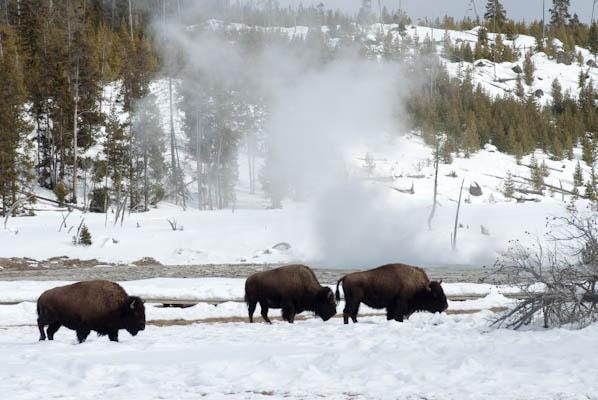
Yellowstone National Park is the central feature of the ecosystem, and the park is internationally recognized as one of the best examples of an intact ecosystem, as designated by the United Nations as a World Heritage Site and Biosphere Reserve.
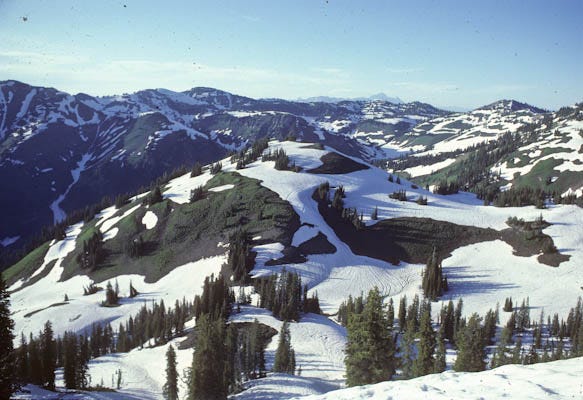
Yellowstone has the largest concentration of thermal features in the world. It possesses significant geological features, such as the Grand Canyon of the Yellowstone. Yellowstone Lake is the largest lake of its size in the United States. Two major mountain ranges, the Gallatin Range and the Absaroka Range, provide abundant subalpine and alpine terrain. And the park is the headwaters of two major river systems: the Yellowstone-Missouri-Mississippi and the Snake-Columbia.
Yellowstone has a diverse assemblage of predator-prey relationships, including wolves, bears, cougars, coyotes, foxes, wolverines, and smaller predators such as martens and river otters. It is home to the least domesticated herd of bison in the country. Other wildlife includes the trumpeter swan, peregrine falcon, white pelicans, and numerous species of birds, amphibians, and small mammals.
It also has one of the last strongholds for Yellowstone cutthroat trout.
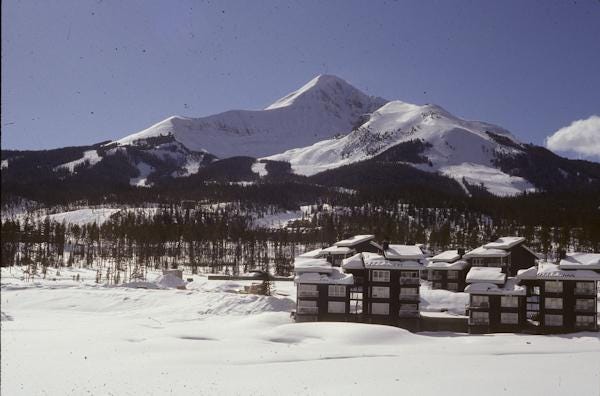
Nevertheless, despite all these superlatives, the ecosystem is under duress from a thousand cuts. Oil and gas development, mining, logging, livestock grazing, predator killing, bison killing, and housing development on private lands that are slowly choking off the migratory pathway of wildlife. Climate change is exacerbating all of these impacts.
To counter this death by a thousand cuts, the United States should recognize the opportunity to create a Greater Yellowstone Ecosystem National Park under the administration of the National Park Service.
Depending on exactly where you drew the boundary, a Greater Yellowstone Ecosystem National Park could encompass 23 million acres. As with some Alaskan parks, a portion of the new park could be designated a “preserve” where limited hunting might continue.
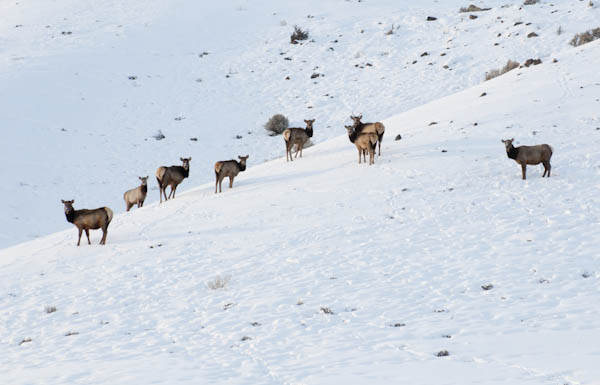
At 23 million acres, this ecosystem can sustain its processes, wildlife corridors, and a diversity of habitats, ensuring the future survival of wildlife.
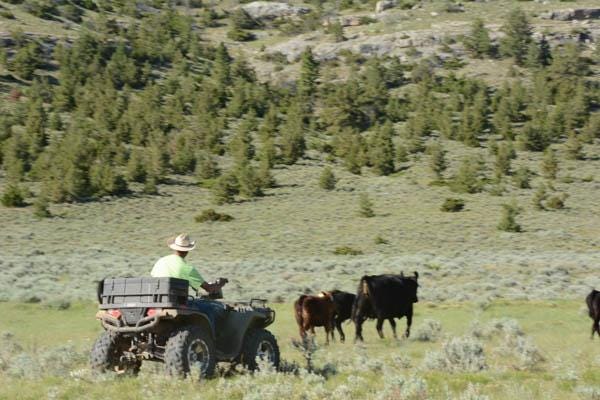
Currently, the ecosystem is administered by the Park Service, Bureau of Land Management, Forest Service, Fish and Wildlife Service, and various state agencies, all with different management mandates and policies that fragment the landscape. Placing the ecosystem under Park Service administration would improve overall management and protection.
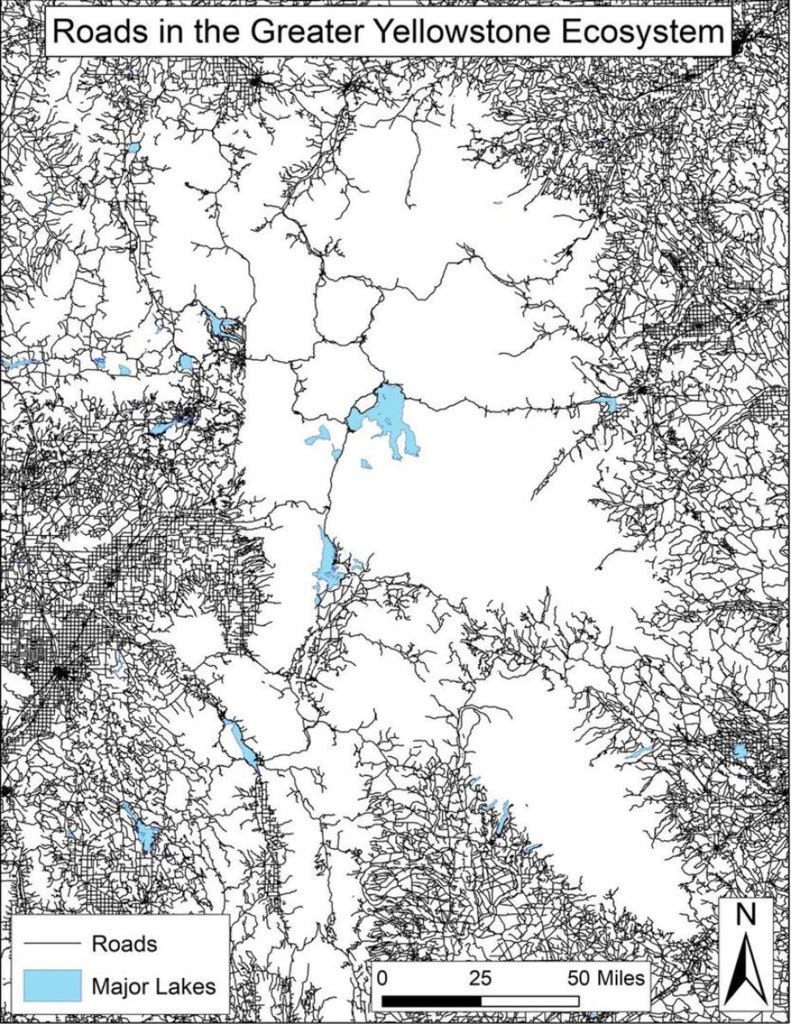
A mantra in Conservation Biology is ‘go big and go connected.’ China appears to have gotten the message. Although the United States has been a conservation leader for more than a century, China is rapidly developing a world-class national park system.
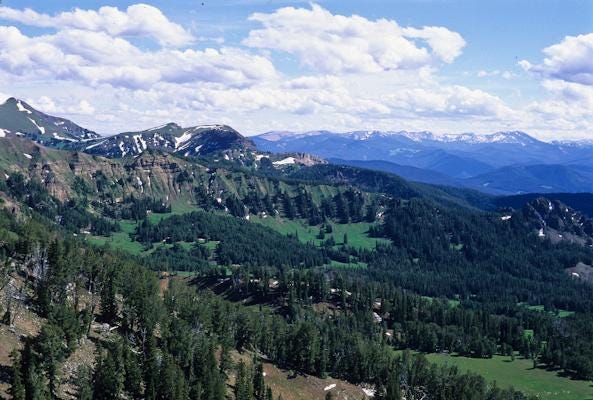
China has just established the Sanjiangyuan National Park, a spectacular 47 million-acre protected landscape larger than the state of Florida. To put this into perspective, Yellowstone NP is 2.2 million acres, and the largest US Park, Wrangell-St. Elias in Alaska is 13.2 million acres.
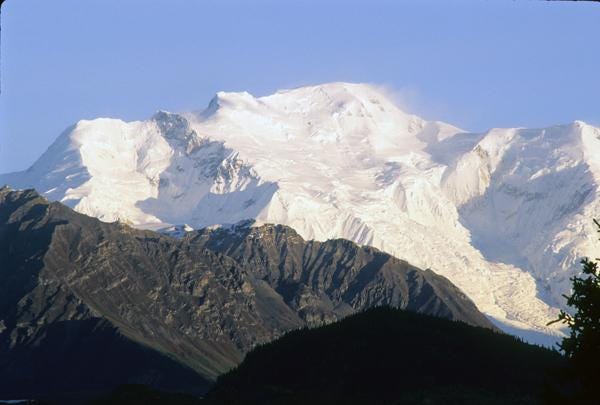
By 2035, China plans to expand its national park system to eventually encompass 49 parks covering 272 million acres, which would be triple the size of the U.S. National Park System.
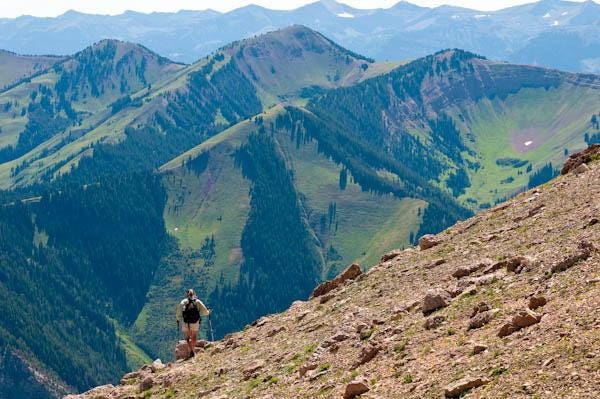
One way the United States could maintain its international position as one of the world’s finest park systems is by creating a Greater Yellowstone Ecosystem National Park.
The park would be large enough to ensure genetic, species, and landscape diversity, thereby improving the ecosystem’s integrity and long-term stability.
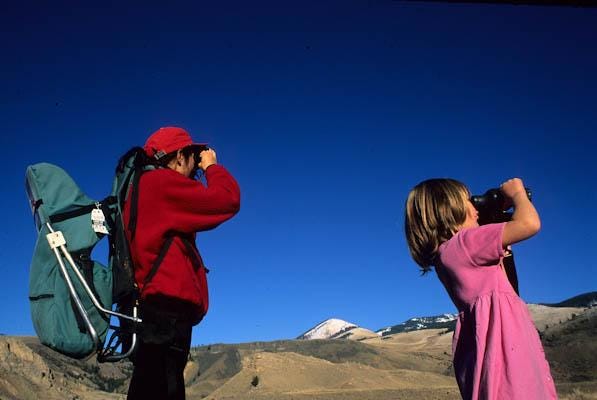
Beyond the ecological value of a Greater Yellowstone Ecosystem National Park, such an expansive park would be a significant economic draw to the region, especially if environmental integrity were a primary management goal.
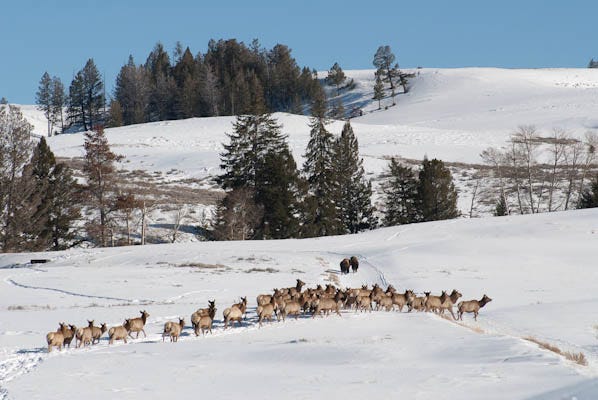
Expanding Yellowstone to encompass the entire ecosystem would go a long way towards ensuring the ecosystem remains viable into the future. And such an extensive and sustainable parkland would be a tremendous gift to the entire world.
Creating a Greater Yellowstone Ecosystem National Park would require an act of Congress. However, since most of the land within the proposed park is already federal, it would only require a change in administration for the National Park Service.
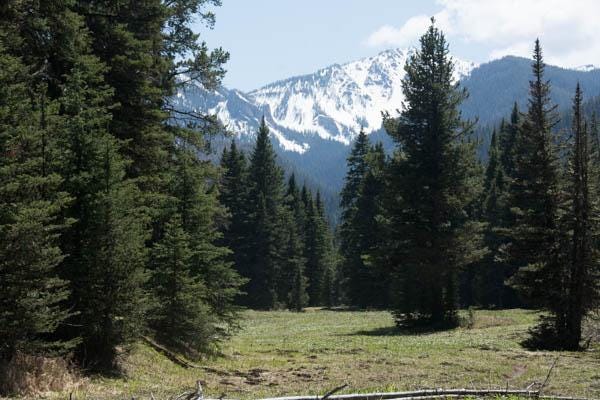
Ideally, the same legislation would establish a wilderness designation overlay on all suitable lands within the proposed park.
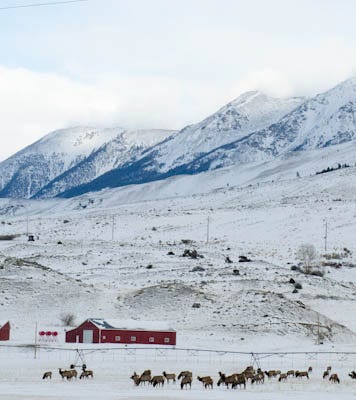
As part of any legislation, I would like funding for the acquisition of critical private lands, including wetlands, wildlife corridors, winter range, and other ecologically important landscapes.
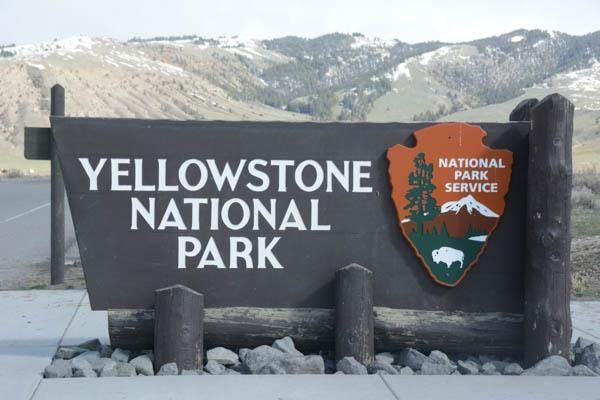
The measure of a great nation is not the resources it develops, but the landscapes it can preserve and protect. A Greater Yellowstone Ecosystem National Park would be a lasting legacy that would ensure America’s conservation prominence on a global scale.









